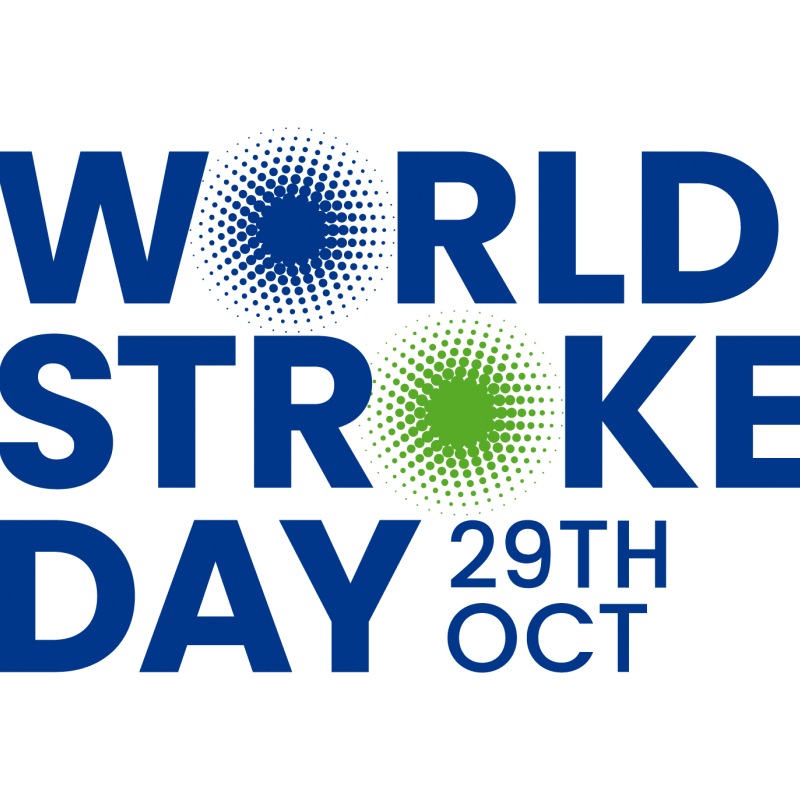Tuesday 4th March 2025 is Shrove Tuesday, or Pancake Day, and families across the North East, from Darlington to Durham and Newcastle to Northallerton and beyond will be getting involved in making batter, sticking pancakes to the ceiling and maybe even making some tasty stacks for everyone to enjoy.
Whilst a pancake is one of the easiest things to make, it doesn’t follow that it’s risk free. With hot pans and batter flying around, and potentially more people than usual in the kitchen, particularly children, burns and scalds are a high risk.
Be Prepared
Make sure that you are prepared for a flipping awesome Pancake Day, with Help First Aid Training’s how to treat burns and scalds guide.
Our skin has several important jobs; to maintain our temperature, retain water and to protect from injury and infection. Burn damage is so painful because of all of our nerve endings are underneath our skin’s surface. A burn carries a high risk of infection, so it’s important to act quickly.
Here’s what to do;
- Cool the burn using cool, (think about 12 degrees) running water for at least 20 minutes. This is the minimum amount of time required, longer is better.
- Remove any jewellery or watches from the burn site, in case of swelling.
- After cooling, cover the burn in a non-fluffy sterile dressing or clingfilm. Do not wrap it in clingfilm, in case swelling occurs.
If you are in any doubt at all, or if any of the criteria below apply, seek emergency medical assistance.
- The casualty with the burn is a child or infant.
- The burn is full-thickness (this is the deepest degree of burn – it may look black or charred and not be painful).
- The burn extends around an arm or leg.
- The burn site is on the face, genitals, hands or feet.
- The burn is partial thickness (has blistered – do not burst the blisters) and covers more than 1% of the body, which is roughly the size of the palm of your hand.
- The burn is superficial (affects the outermost layer of the skin – will be red and painful) and covers more than 5% of the body.
- The burn is of mixed depth.
We’re here to Help! For more information on our First Aid at Work, Re-qualification First Aid at Work and Emergency First Aid at Work courses please visit www.helpfirstaidtraining.co.uk or contact info@helpfirstaidtraining.co.uk
Related News
First Aid for Diabetes: How to treat Hypoglycaemia and Hyperglycaemia
In this guide, Help First Aid Training explains the main types of diabetes, how to spot symptoms of low blood sugar and high blood sugar, and what steps to take...
How Do I Treat a Burn?
It's Bonfire Night, a time for wrapping up, drinking hot chocolate and heading out to see the skies light up.
How Do I Recognise the Signs of a Stroke?
Statistics tell us that one in four of us will suffer a stroke. This World Stroke Day, we're supporting the initiative to #act FAST and finding out how we can...



